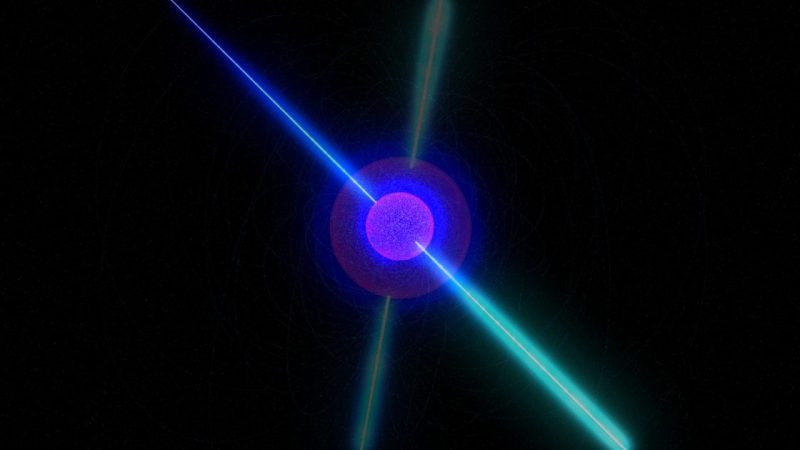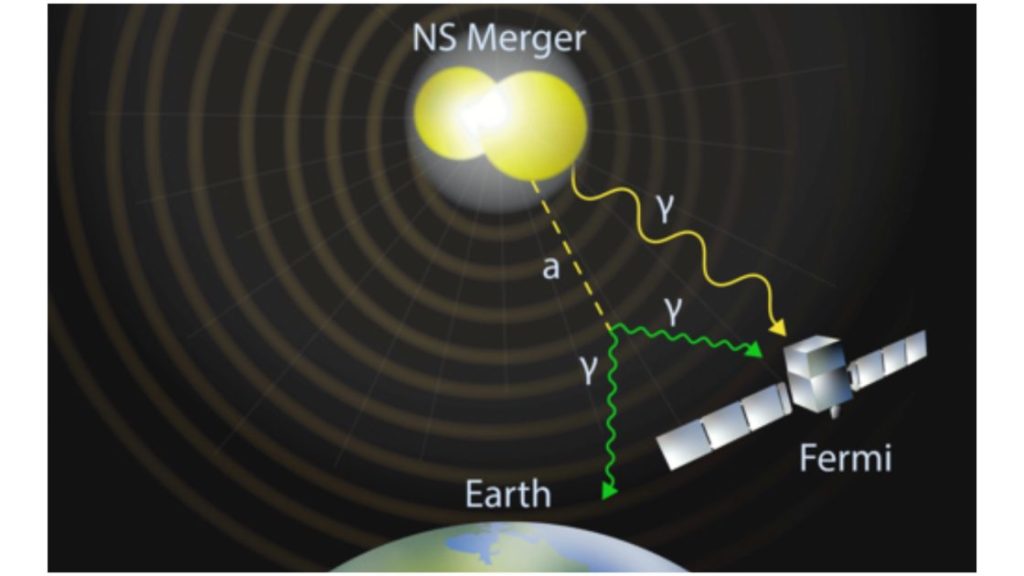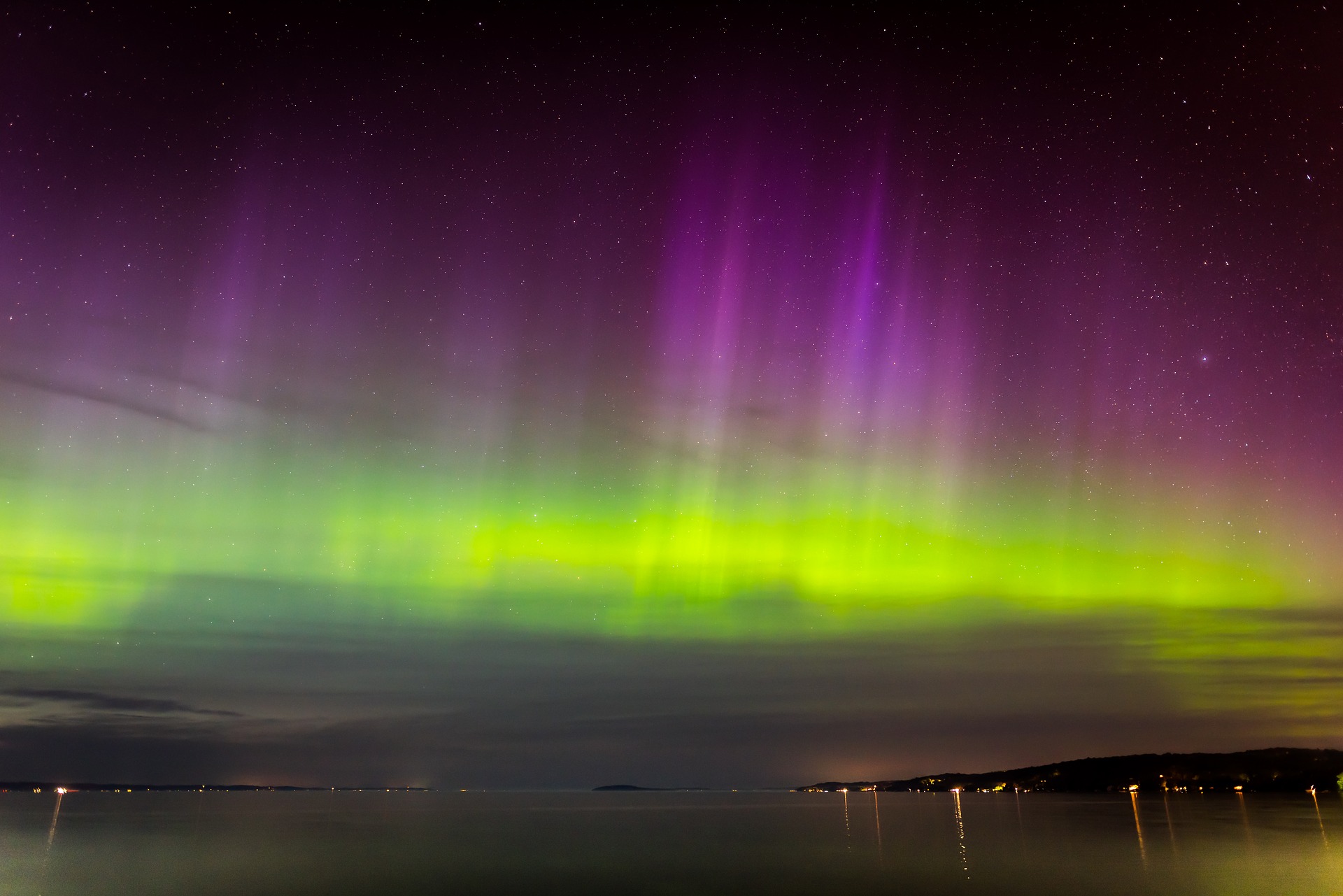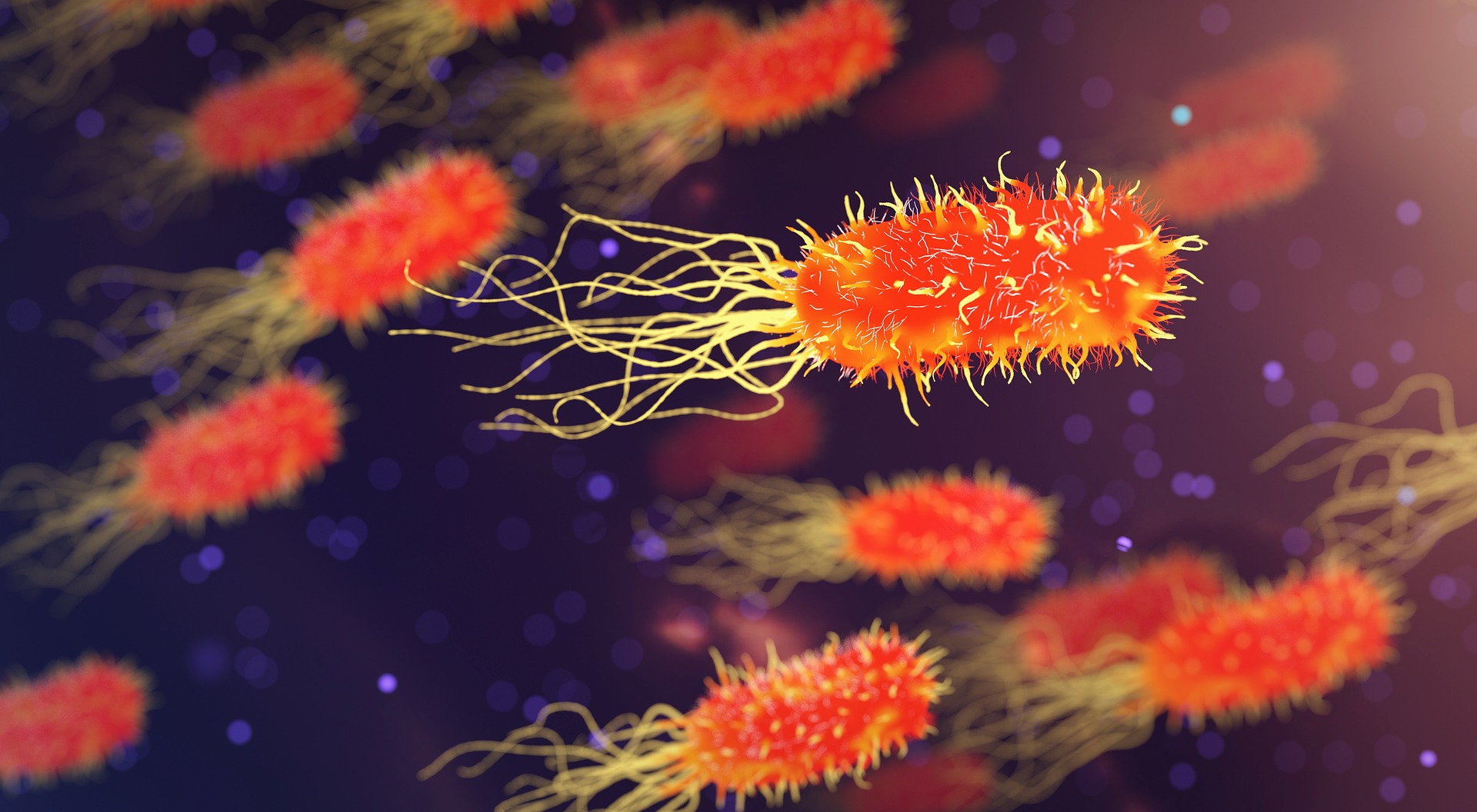Colliding neutron stars reveal secrets about dark matter

Dark matter is a bit of an enigma for scientists. It’s this concept that’s been around for ages, but nobody’s been able to pin down exactly what it is. It’s like a big mystery that’s been boggling minds in the scientific community for decades.
The collision of two neutron stars, referred to as GW170817, has now offered scientists a glimpse into the mystery of dark matter. Physicist Bhupal Dev from Washington University, along with his team, has suggested that this discovery could provide valuable insights into axions, potential components of dark matter.

We have good reason to suspect that new physics beyond the standard model might be lurking just around the corner,’ said Dev, who serves as the first author of the study in Physical Review Letters and is also a faculty fellow at the university’s McDonnell Center for the Space Sciences, in a statement. “Extreme astrophysical environments, like neutron star mergers, provide a new window of opportunity in our quest for dark sector particles like axions, which might hold the key to understanding the missing 85% of all the matter in the universe.”
Dark matter, although invisible and elusive, makes up the majority, up about 85 percent of the total matter in the universe, accounting for more than five times as much as all ordinary matter. Ordinary matter, which we can see and interact with, accounts for only a small fraction, only about 5 percent. Axions, though never directly observed, are theoretical particles proposed to be a key component of dark matter.
Could axions be lurking within the aftermath of neutron star collisions?
Neutron stars are incredibly dense remnants of massive stars that have gone supernova. When two of these stars collide, they unleash a series of unique physical processes, including the creation of heavy elements like gold and silver. What Dev’s research has suggested is that the extreme conditions during these collisions could also give rise to axions.
When massive stars reach the end of their lives and explode as supernovae, they leave behind incredibly dense cores known as neutron stars. These cosmic remnants are so compact that a mere teaspoon of their material would weigh millions of tons. Sometimes, these neutron stars pair up, swirling around each other in what’s called a neutron star binary. As they orbit, they send out gravitational waves, gradually drawing closer until they collide in a spectacular merger.
The collision of neutron stars triggers violent processes not seen anywhere else in the universe. Scientists believe these collisions are the only environments where elements heavier than iron, like gold and silver, can form. This is because the collision releases a spray of neutron-rich matter, fueling the rapid-capture process that creates these heavy elements.
Moreover, the collision creates a dense remnant that quickly collapses, potentially forming a larger neutron star or a black hole. Physicist Bhupal Dev suggests that this remnant could be an ideal environment for producing axions, exotic particles that have yet to be directly detected.
Significance of the discovery
If axions are indeed produced in these collisions, they could decay into particles like photons, which are particles of light. Dev and his team propose that detecting the decay of these particles could provide a unique electromagnetic signal that gamma-ray telescopes like NASA’s Fermi could pick up.
The research was published in the journal Physical Review Letters on 5 March.
Auto Amazon Links: No products found.


